QOTD: Are You Four or Against?

It’s only natural to root for the underdog. Ford Motor Company consumes so much oxygen in the truck space, what with its best-selling full-size status and its unceasing pursuit of ever-greater horsepower, torque, and fuel economy figures, that it’s nice to see another automaker challenge the Blue Oval’s technological crown.
The unveiling of a new turbocharged four-cylinder for the 2019 Chevrolet Silverado last Friday surely dropped a few jaws in the American heartland. After all, memories of the base-model Chevy S-10 and GMC Sonoma’s dump truck-like acceleration lingers, despite two decades of progress. And yet, here’s a 2.7-liter four-pot under the hood of a brawny full-sizer, generating class-leading entry level horsepower and torque. And it’s standard on the bottom two “regular” trims.
Is there a four in your future?
I broke the news to my father, a man who still fondly remembers his mid-Seventies F-150 Supercab with bulletproof 300 cubic-inch six and three-on-the-tree. He guessed the displacement of General Motors’ new motor right off the bat. He also seemed skeptical.
As oil and gas prices rise, fuel economy understandably grows in importance. But it’s clear most North Americans are ready and willing to rationalize the continued ownership of big trucks and SUVs, and it’s doubtful even $4/gallon gas would sway many drivers from their high-riding steed. If necessary, they’ll make sacrifices elsewhere to keep it on the road. Or, just maybe, they’ll be tempted into a vehicle that’s just as big, but beats the competition by 1 or 2 mpg. Whatever helps them sleep at night.
While there’s no fuel economy estimates for this unit just yet, we’re assuming it beats Ford’s base 3.3-liter V6 in stinginess at the pumps. Running on two cylinders on rare occasions, this four is clearly a shot across Ford’s bow — and a way of greenwashing GM’s truck fleet. Have your cake and drive it too, would be the message.
Ford popularized downsized engines and forced induction in modern pickups, making GM’s advancement a natural extension of its rival’s work. Sure, its 310 hp and 348 lb-ft doesn’t beat the 2.7-liter EcoBoost V6’s specs, but it isn’t supposed to. That’s an upgrade engine and this isn’t. Anyone looking for additional power (and the comfort of tradition) can toss a few more bills at GM for a 5.3-liter on LT and RST trims. Eventually, you can hand over a stack of bills for the 3.0-liter inline-six diesel.
No one’s being forced to drive a pickup with this engine. Fleet buyers and stripper aficionados can still have the old 4.3-liter V6 in Work Truck and other spartan, lower-volume trims. The question today is: would you drive one?
Do you like what you see on paper, but remain unconvinced? And what fuel economy figure would you need to see before signing for a turbo four Silverado?
[Image: General Motors]

More by Steph Willems
Latest Car Reviews
Read moreLatest Product Reviews
Read moreRecent Comments
- Norman Stansfield I'm training to be a mechanic, and have been told this or a Harley would be a good start.
- SilverHawk I watch out of loyalty to the sport even though it's often not as entertaining these days. But then, you have a race like Miami that gives us a driver's first win and my enthusiasm is refreshed. Congrats to Lando.
- Oberkanone Nope. No interest.
- SilverCoupe Tim, you don't always watch F1 as you don't want to lose sleep? But these races are great for putting one to sleep!I kid (sort of). I DVR them, I watch them, I fast forward a lot. It was great to see Lando win one, I've been a fan of McLaren since their heyday in CanAm in the late '60's.
- Cprescott The problem with this fable by the FTC is:(1) shipping of all kinds was hindered at ports because of COVID related issues;(2) The President shafted the Saudis by insulting them with a fist bump that torqued them off to no end;(3) Saudis announced unilateral production cuts repeatedly during this President's tenure even as he begged to get them to produce more;(4) We were told that we had record domestic production so that would have lowered prices due to increased supply(5) The President emptied the strategic petroleum reserve to the lowest point since the 1980's due to number 3 and then sold much of that to China.We have repeatedly been told that documents and emails are Russian disinformation so why now are we to believe this?



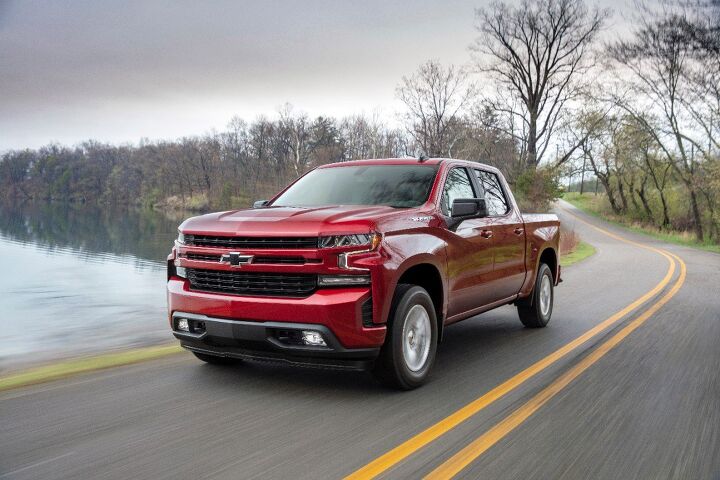















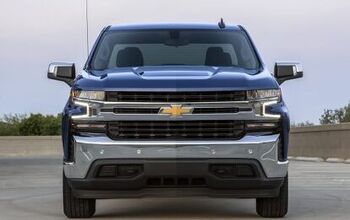
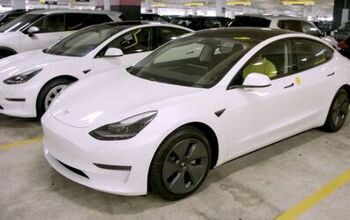






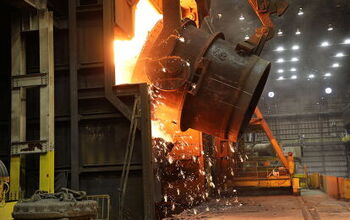

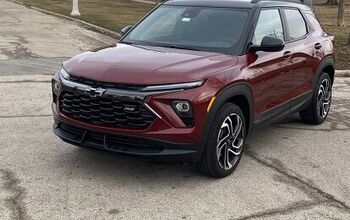


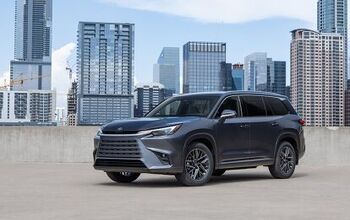
Comments
Join the conversation
Remember 9 years ago when Ford was stupid and told us they were going to make the 3.5EB, and they were placing it above in the lineup from the V8? Remember how it was going to cause them to lose their title as sales leader? Remember how there is no way the 3.5EB would be a good towing motor and all the smart money was on buying a 5.0? Here we are almost a decade later and GM is still the "underdog" in this article. Sure I love the way a v8 sounds, but the technology has proven powerful and reliable. Would I rather have a large bore inline 6 in everything I own? Sure, but I don't buy enough new vehicles and the EPA wouldn't like that so they don't make them special for me. It'll sell just fine so long as they did their real world engineering right, and it'll do the job most people need it too. But being the class leader of the base engines isn't gonna win you the crown either.....
It's all relative: Do you want a small-block GM V8 or an GM Ecotec turbo four-banger? How many people do you think will flunk this test? 10,000 a year maybe. People who live at altitude might have a legitimate reason to buy a gasoline turbo. Do you want a 2.7L V6 Ecoboost or a 2.7L I4 Ecotec? This question seems to favor the inline-4, which is less complicated, less expensive to make, and should be more reliable in the long run. Overall, the 2.7L turbo I4 is just a compliance engine. By giving it 348lb/ft at 1,500rpm, GM is giving drivers the ability to blow their engines. The figure looks nice on paper and it feels nice to drive (usually), but it's not going to last if you keep your foot in it. If you drive it delicately in cool weather climates, you'll probably be okay. I doubt it's ability to handle the punishment dished out by the Southwest, but who knows. I'm 80%-90% pessimistic, the 10% optimism is reserved for GM diehards who live at altitude.